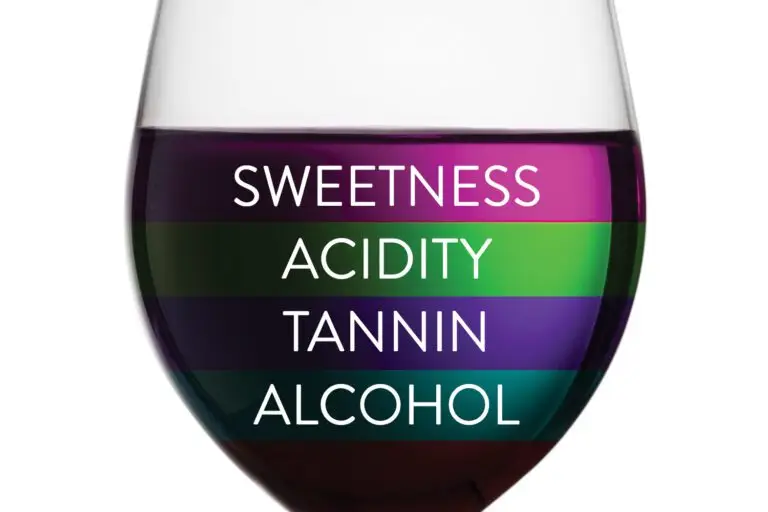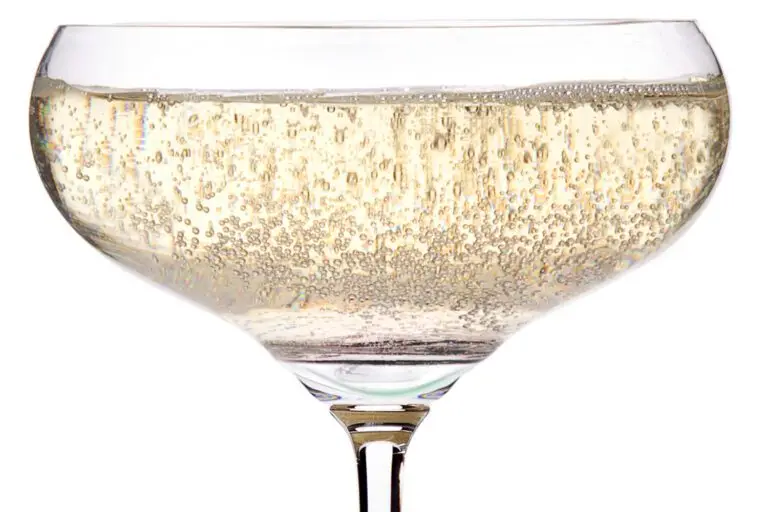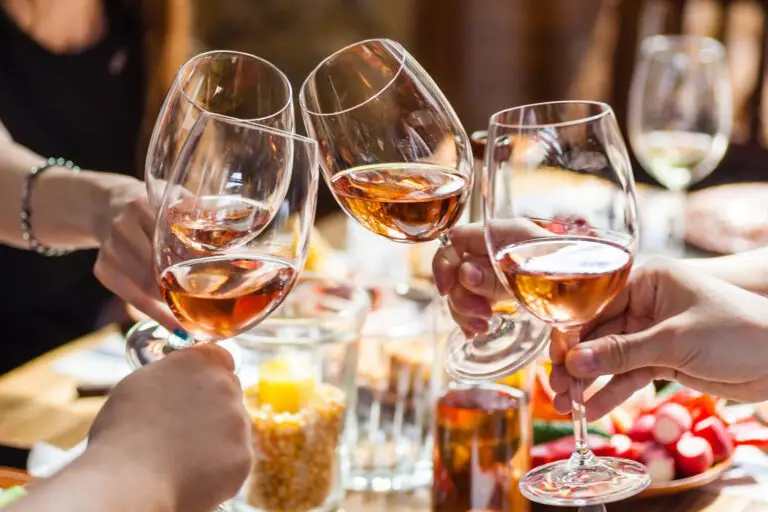Oak has a natural affinity for wine in so many aspects: It imparts flavors of vanilla and spices that wine drinkers enjoy. It adds textural nuances and softens astringency through slow and controlled oxygen interaction. It has the ability to naturally stabilize wine with time, while it enhances the wine and offers complexity. Oak easily forms into barrels, is one of the strongest woods and holds liquids effectively. For all of these reasons, oak barrels are commonly used in winemaking.
Three types of white oak are used for barrel making; Quercus alba (American white oak) and two European oaks, Quercus petraea and Quercus robur. It is not so important that we know the names of the oaks, but winemakers are aware of the differences in flavor they impart and the variations in aging that affect those flavors.
A tree trunk is a bundle of tubes running in parallel. Oak is rich in tyloses, structures that plug these tubes, enabling barrels to hold liquids. American oak has the most tyloses, which is why it can be used for barrel staves without the potential for leakage. European oaks have fewer tyloses so they must be split to follow the tubes and the staves must be bent so the tubes are parallel to them, minimizing leakage.
After the wood is split or sawn it must be dried. American oak typically is kiln dried, keeping the sap inside the wood to be absorbed by the wine (think bourbon barrels). This is the reason wines aged in American oak have a prominent vanilla character that blends so well with grapes such as Zinfandel.
European oaks are usually aged outside for two to three years, letting the elements extract the harsh tannins and sap from the oak. Interestingly, American oak is sometimes aged outside for the same amount of time as European, thereby offering more subtle extracts for the wines aged in the resulting barrels.
To shape a barrel from the staves the wood is heated, often by wood fires. This makes the barrel easier to shape. Further toasting affects the wood’s structure, forming aromatic compounds based on the degree of penetration of the fire. Barrels are produced according to specific toast levels, which then impact the flavor of the wine through the wood’s aromatic and flavor elements.
Think of making tea and you will have a good idea of the impact a barrel has on wine. Extractives, or flavor elements extracted from the wood, are imparted from the oak to the wine. Those extractives are strongest when the barrel is used for the first time. The second use produces fewer extractives, and the third, fewer still. While some producers feel their wines or grapes are enhanced by first-use barrels, others use casks where all the extractives have been depleted because they prefer wines without those flavors that come from fresh wood.
A European oak, 225-liter barrel (59 US gallons) costs upwards of $800, adding a significant cost to winemaking – but the barrel usually is used only three times before its flavor is depleted. It therefore makes sense to only use barrels when the wine will be enhanced by oak contact. American oak is less expensive.
Smaller barrels give more flavor and oxygen contact to a wine in a shorter time. Large oak containers are used to preserve the fresh, primary fruit flavors (versus the complexity from smaller barrels), since they are neutral and offer little oxygen contact. A good contrasting tasting comparison would be a California Cabernet Sauvignon with a Côtes du Rhône. The Cabernet would be aged in small, new oak, and the Côtes du Rhône in large, neutral barrels. Both are aged in oak but are very different styles due to the size, age and extractives in the respective containers.
Oak will always play a large role in winemaking, because of the positive aspects it provides to our favorite beverage.





